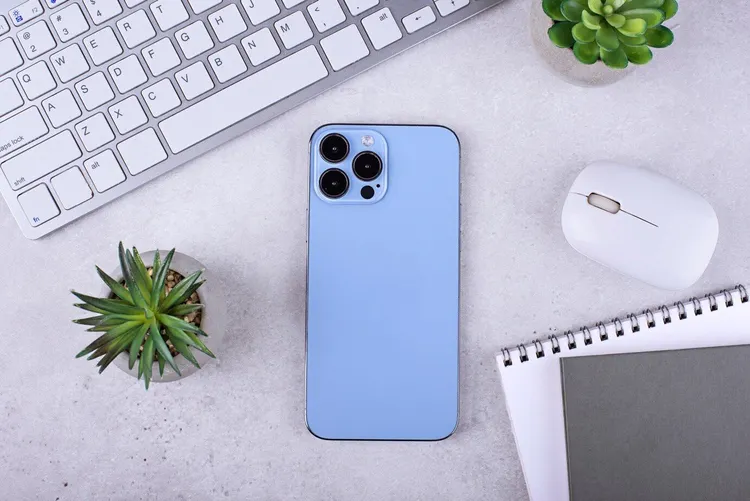- Blog
- Mitsubishi: From a Japanese Shipping Company to a Road’s Classic
Mitsubishi: From a Japanese Shipping Company to a Road’s Classic

As competition intensified on the seas, Mitsubishi diversified on land. The company bought the Yoshioka copper mine in Akita and the Takashima coal mine in Nagasaki. It leased the Nagasaki shipyard from the government in 1884 and subsequently designed the first domestically produced steel steamship there.
Mitsubishi continued to grow and diversify under the autocratic leadership of Yanosuke Iwasaki. He purchased more mines to provide resources for Mitsubishi and Japan's growing industries and dropped “Steamship” from the company's name.
He also paid the equivalent of about $1 million for 80 hectares of marshy marshland next to the Imperial Palace in 1890, absurd at the time, but today Yanosuke's investment is worth many billions of dollars. Successive management led Mitsubishi to leadership in sectors such as machinery, electrical equipment and chemicals. The companies that later became Mitsubishi Heavy Industries developed vehicles, aircraft, tanks and buses, and Mitsubishi Electric became a leader in electrical machinery and household appliances.
A bit of history
An ambitious young man named Yataro Iwasaki launched the first Mitsubishi company (a shipping company) in 1870. Japan had just emerged after centuries of feudal isolation and was struggling to catch up with its neighbors in the West.
Yataro's business grew rapidly and diversified into a wide range of manufacturing and trading. World War II put an end to Mitsubishi as an integrated organization. However, independent companies with roots in the former Mitsubishi are still active in almost every sector of industry.
Yataro Iwasaki was from the city of Kochi on the island of Shikoku, home of the powerful Tosa clan. He worked for the clan and was noted for his management of Osaka's business operations. In 1870, he founded his own shipping company, Tsukumo Shokai, with three steamships chartered from the clan. This was the beginning of Mitsubishi.
Mitsubishi ASX
 It is renewed in mid-life cycle, following in the footsteps of the Renault Captur, a model of which it remains a clone and from which it borrows its range of engines and most of its appearance.
It is renewed in mid-life cycle, following in the footsteps of the Renault Captur, a model of which it remains a clone and from which it borrows its range of engines and most of its appearance.
The front shield was significantly restructured. The grille, with the brand logo in the middle, is composed of vertical stripes in the form of 'V' that extend to a long optical groups that have LED technology.
Mitsubishi Colt
 The design of the Mitsubishi Colt is virtually identical to that of the French model. The base structure is the same, so the overall impressions are not very different.
The design of the Mitsubishi Colt is virtually identical to that of the French model. The base structure is the same, so the overall impressions are not very different.
The Japanese has been based on the updated version of the Clio, so it has in its favor the modern design especially the front, with a very marked shield, which has its own plot in the grille and integrates the pilots that frame up to the bumper. Homegrown adds little else, except for the logos and choices of body colors and wheel design.
Want to find more about Mitsubishi’s last models? My Deals 365 brings you all the discount catalogs of your favorite stores in Canada. If you are about to buy a car, Mitsubishi is a very good option for price and features!
blog.latest_articles
CATEGORIES
Copyright © 2025 My Deals 365. All rights reserved. It is forbidden to copy or reproduce the texts without prior written agreement. Product photos, images and brochures are for illustrative purposes only. Discounted prices come from official distributors listed on this site. Offers are valid from and until the expiration date or while supplies last. The purpose of this site is informative and cannot be used to claim the products. Prices may vary depending on the location.


